Design modification of Maserati Levante and its transformation into a hearse

Task: To modify the design of Maserati Levante and transform it into a special ritual car for funeral ceremonies.
Solution: RangeVision PRO, ScanCenter NG, Solidworks
Summary: Specialists of INKAY Technology Srl performed a 3D scan of the production car Maserati Levante with RangeVision PRO 3D scanner and received the initial 3D data of the car geometry. Engineers finalized the design of the rear part of the body in CAD programs and prepared the final 3D model of the prototype. The new parts were produced by casting and mounted on the body. A modified car meeting all the customer's requirements was the result of the work done.
Funeral processions can hardly be held without funeral vehicles. The level of the event, the status and preferences of relatives define the choice of the appropriate funeral car model. Many agree that a person should be paid last respects decently. That is why in Europe and the United States luxury cars of premium brands, such as Jaguar, Mercedes-Benz, Cadillac and Maserati are often used for funeral ceremonies.
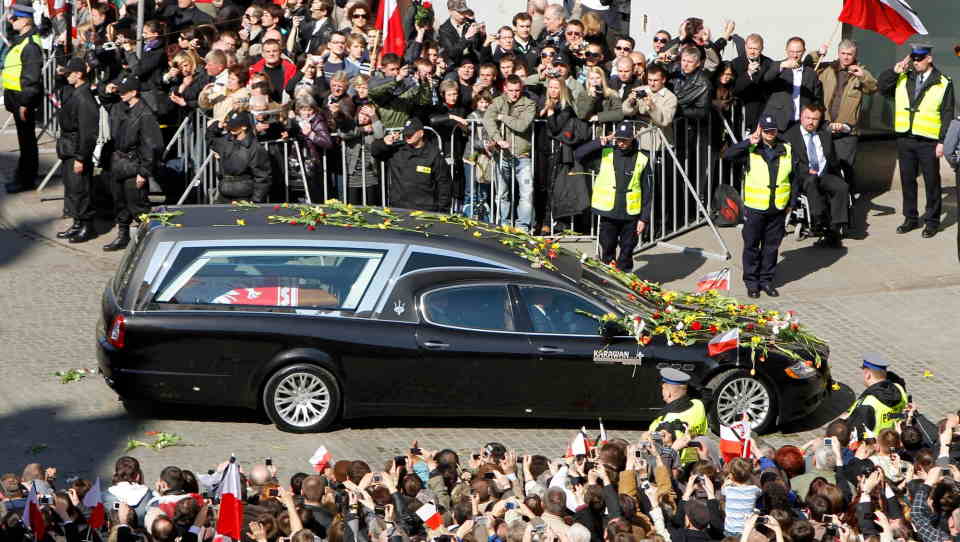
Start of the project
A vehicle for funeral needs is supposed to be refitted and equipped with necessary hardware. For these purposes the body of the standard car gets redesigned and lengthened. To create the necessary temperature and ensure disinfection, specialists rig a salon with additional equipment. The last step is to make interior decoration. All types of work are carried out by specialized companies.
Rangevision's partner INKAY Technology Srl, one of the leaders in the field of reverse engineering and product design in Italy, participated in a similar project. In 2019, INKAY was contacted by Vecotras, a company specializing in equipping funeral vehicles. At that time the company's specialists were engaged in the project to modify Maserati Levante for funeral processions. INKAY company was involved in the refinement of the car body geometry. It required 3D scanning of the production car body, 3D modeling and redesign, moulds manufacturing and their mounting onto the car body.
|
Maserati Levante is a premium mid-size sports crossover. It was presented at the Geneva Motor Show in 2016. This was the debut production SUV car of the Maserati brand which had long been looked forward to. Even then, in 2011, the company introduced the Kubang concept car, which was supposed to be the first production version of the SUV, but the company had kept postponing its manufacturing for some reasons.
The name Levante was given to the car in honour of the Mediterranean wind. Its strength can vary from a light breeze to a strong storm, depending on the time of year. For the Italians, the word Levante means the east, the land of the "rising sun", where this wind originates.
|
||||||||


3D scanning
After all cooperation details and the work plan for the Maserati Levante project were agreed upon, INKAY specialists started 3D scanning of the car. The work was carried out at the customer's headquarters in Frosinone (Italy).
3D scanning was performed in several stages:
1. The entire body scanning of the production car.
2. The rear scanning with the doors and bumper removed. It was done to correctly copy the door openings and mounting points of the car body parts.
The surface of the body was covered with matting spray to avoid the negative impact of the paintwork reflections during 3D scanning and improve the quality of the data obtained. 3D scanning was performed using markers and photogrammetry. This mode allows you to improve the accuracy of data and the speed of mesh alignment when scanning large objects.
3. Scanning of a hand-built prototype car with a new design.

The INKAY team scanned the car using a RangeVision PRO 3D scanner. "The 3D scanner PRO allows us to get a high-quality 3D model that is suitable for further work with popular CAD programs," says INKAY CAD designer Alessandra Freschi.
Gianluca Martini, technical director of the company, notes that the use of a 3D scanner saves time and labour costs: "It took 2.5 hours to 3D scan the whole Maserati Levante car. The entire process was handled by one specialist. The time and resource savings are obvious. We believe that the 3D scanner is a necessary equipment for design, production and quality control."
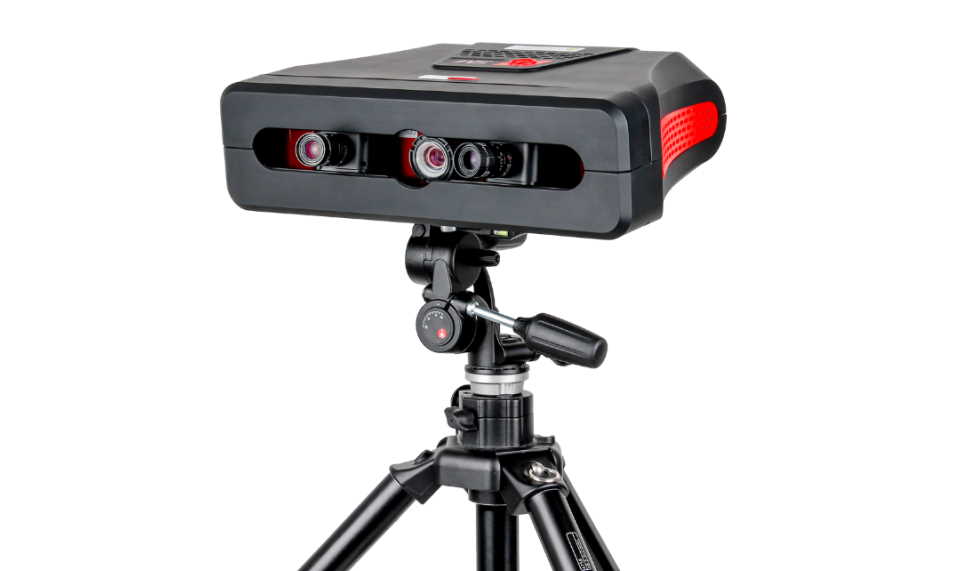
After the 3D scan, the specialists performed initial mesh processing in the ScanCenter NG software. Nicolo Cavalca, post-processing specialist at INKAY, speaks: "The advantages of ScanCenter NG for us are automation, speed and ease of use. The software has very powerful algorithms for building STL. Inside there is a measuring tool for controlling the dimensions."
As a result of 3D scanning, the initial (three-dimensional) triangulated surfaces of the objects were obtained. Experts have generated STL files of the original car and the elongated model.
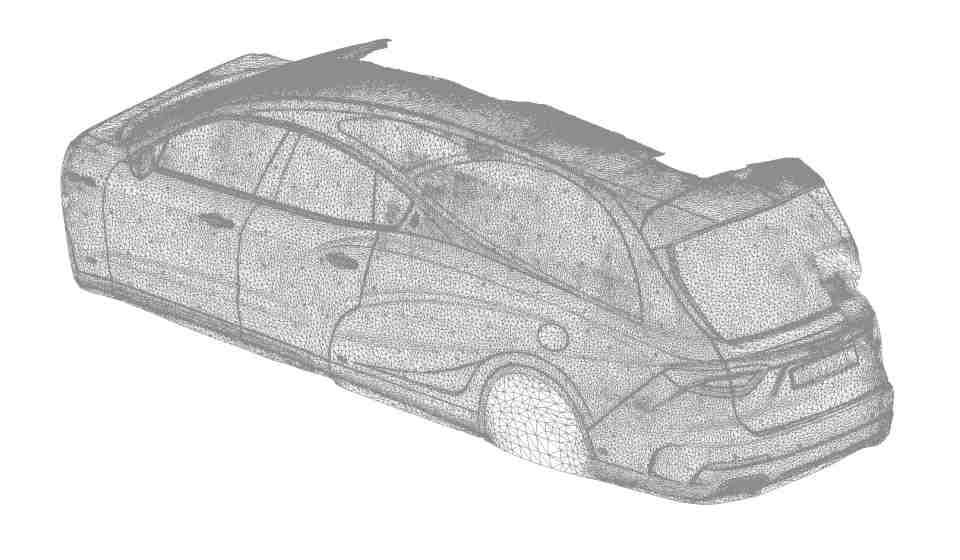
Reverse engineering: reworking the design
After receiving the necessary 3D data, the specialists moved on to the refinement of the car body in reverse engineering software. The designers of both companies participated in the development of the final design of the car.
The specialists carried out a number of works:
-
adjusted the production body to fit the new elongated body;
-
corrected the body geometry to achieve symmetry. Parts of the elongated hand-made prototype were asymmetrical;
-
fixed defects of the hand made body prototype.
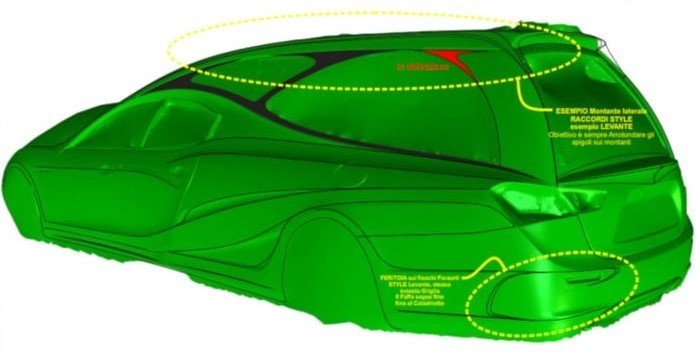
Digital model
After the digital 3D model was approved, the specialists designed the 3D watertight model in Solidworks.

Parametric model
Creation of a new body
A modified model of the car back was made of wood by milling on a CNC machine at a scale of 1:1. The specialists carefully processed and primed the surface to ensure that there were no cracks, joints and roughness left. As a result, the surface of the prototypes was improved to Class A.
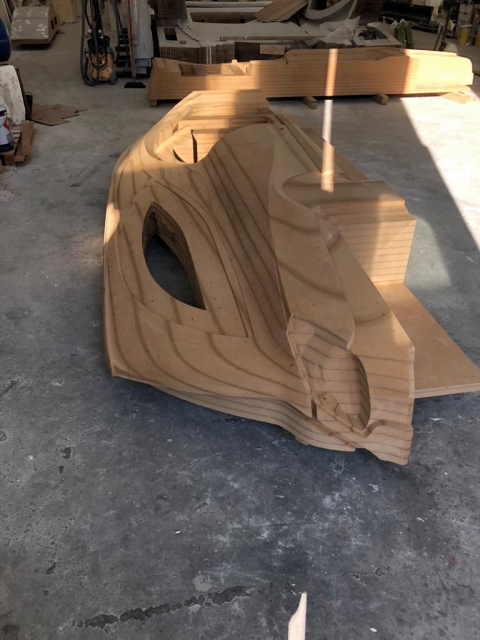
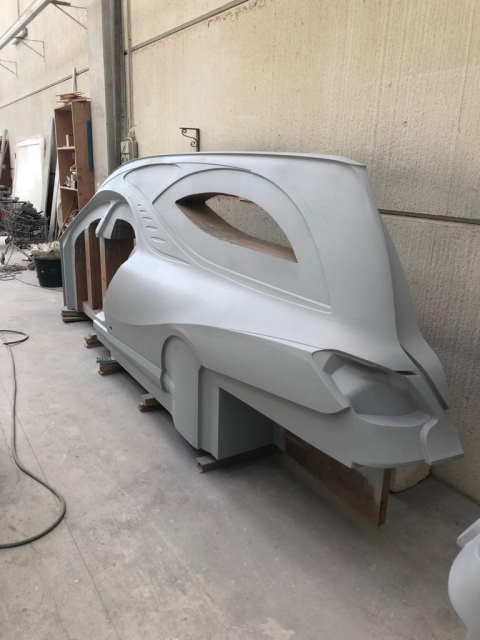
After that, molds were prepared to create new polymer body parts. The peculiarity of the process was that only a few large parts were created. Specialists installed new parts on the body construction significantly quickly. This technology managed to reduce the assembling time by 40%. Thus, the company managed to minimize the time spent on the process of modification and re-equipment.

As a result, the specialists have received the final serial product meeting the requirements of the customer.

 Photos by Vectoras
Photos by Vectoras
Outcome
With the help of digital technologies, Vectoras reduced the time from the design stage to the delivery of the finished car by 40%. The accuracy of the data from the Rangevision PRO 3D scanner and the subsequent creation of a high-precision prototype model reduced the time for fitting and body parts adjusting by 85%. The company was fully satisfied with the results of the project.
After many months of cooperation with INKAY and the use of the Rangevision PRO 3D scanner in their other projects, Vectoras appreciated the benefits of using 3D technologies in the production process and decided to purchase their own Rangevision PRO.
Are you interested to find out if the 3D scanner is suitable for your challenges?
Please contact our specialists for a consultation!